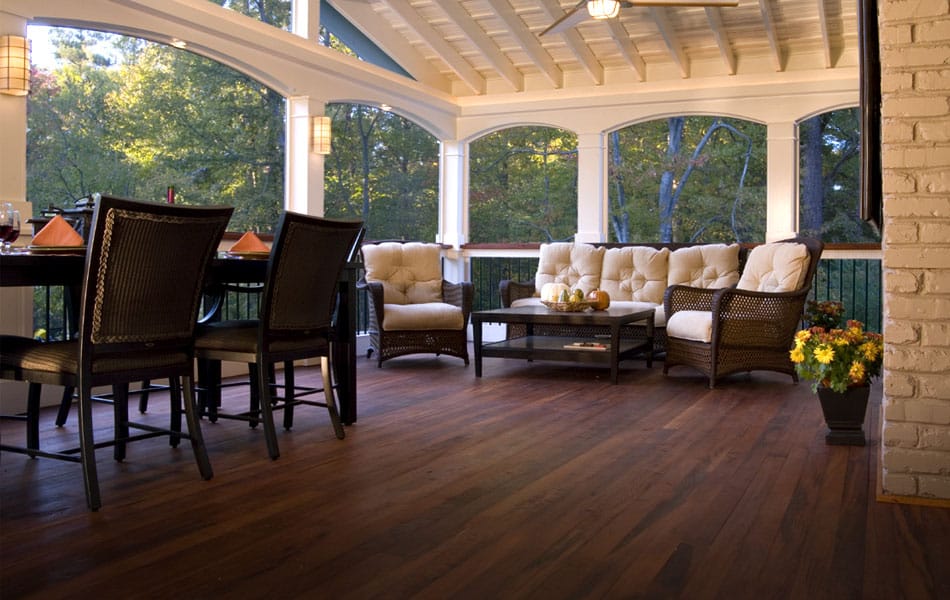In recent years, LED lighting has become an essential part of both residential and commercial environments. The technology behind LEDs offers numerous advantages such as energy efficiency, longevity, and versatile applications. If you’re considering integrating LED lighting into your space, understanding the different components especially LED strip lights and LED modules can help you make informed choices.
Introduction to LED Lighting Components
LED, or Light Emitting Diode, technology has revolutionized how we light up spaces. Unlike traditional bulbs, LEDs use semiconductors to produce light, resulting in lower energy consumption and longer lifespan. However, within the broad category of LED lighting, there are various components designed for specific purposes. Knowing these components can be crucial to selecting the right lighting for your needs.
Two popular types of LED lighting components are LED strip lights and LED modules. While both serve to illuminate spaces efficiently, they have different designs and applications. Choosing the right one can improve both the functionality and aesthetics of your lighting project.
Understanding LED Strip Lights and Their Uses
LED strip lights are flexible circuit boards embedded with surface-mounted LEDs. These strips can be easily cut and shaped to fit various spaces, making them ideal for decorative and accent lighting. You might see LED strip lights under kitchen cabinets, around mirrors, or as backlighting for displays.
When selecting LED strip lights, factors like brightness, color options, and waterproof ratings often come into play. These qualities determine where and how you can safely use the strips. Working with dependable led strip lights suppliers ensures that the product meets quality standards, minimizing issues like uneven lighting or premature failure.
Choosing suppliers with a strong track record can also offer advantages like better technical support and compliance with safety regulations. This can be especially important if the LED strips are part of a larger commercial installation or outdoor project.
Diving into LED Modules
LED modules are different from strip lights in that they are typically individual or grouped LEDs mounted on a rigid board. These modules are often used in applications requiring more focused or direct light, such as signage, display lighting, or architectural illumination.
One notable aspect of LED modules is their durability and ability to deliver consistent light output in demanding environments. This makes them a preferred choice when uniformity and reliability are priorities.
If you’re sourcing LED modules, it’s helpful to consider an experienced led module manufacturer that specializes in producing modules tailored to specific needs. Quality manufacturing affects the performance, heat management, and overall lifespan of the modules, factors that impact the success of your lighting project.
Comparing LED Strip Lights and LED Modules
While both LED strip lights and LED modules are effective lighting components, they suit different purposes. LED strip lights are ideal for flexible, indirect lighting applications and can be shaped to fit unconventional spaces. On the other hand, LED modules offer robust and consistent lighting for projects where precision and durability are crucial.
Understanding these differences helps ensure that your lighting choice aligns with the intended function. For example, a retail store might use LED strip lights to create ambiance, while using LED modules for signage illumination to grab customer attention.
Sustainability and Efficiency in LED Lighting
One of the key reasons LED lighting has gained popularity is its role in sustainability. LEDs consume far less electricity compared to traditional incandescent or fluorescent bulbs, contributing to lower energy bills and reduced environmental impact.
Manufacturers today are increasingly focused on producing LED products with sustainability in mind, improving materials and production methods to reduce waste and energy use. Whether you’re working with suppliers or manufacturers, it’s encouraging to see that many prioritize energy efficiency alongside performance.
Using LED lighting can be a small but meaningful step toward greener building practices and responsible energy consumption.
Conclusion
LED strip lights and LED modules offer versatile, efficient lighting solutions that can transform spaces in countless ways. By understanding their differences and uses, you can better identify what fits your project requirements.
Choosing reliable suppliers and manufacturers is an important part of the process. Doing so ensures that your LED products not only perform well but also last long and meet safety standards.
Taking time to research and consider product features helps create a lighting environment that’s both functional and pleasing, without unnecessary hassle. LED technology continues to evolve, making now a great time to explore its possibilities for your lighting needs.



